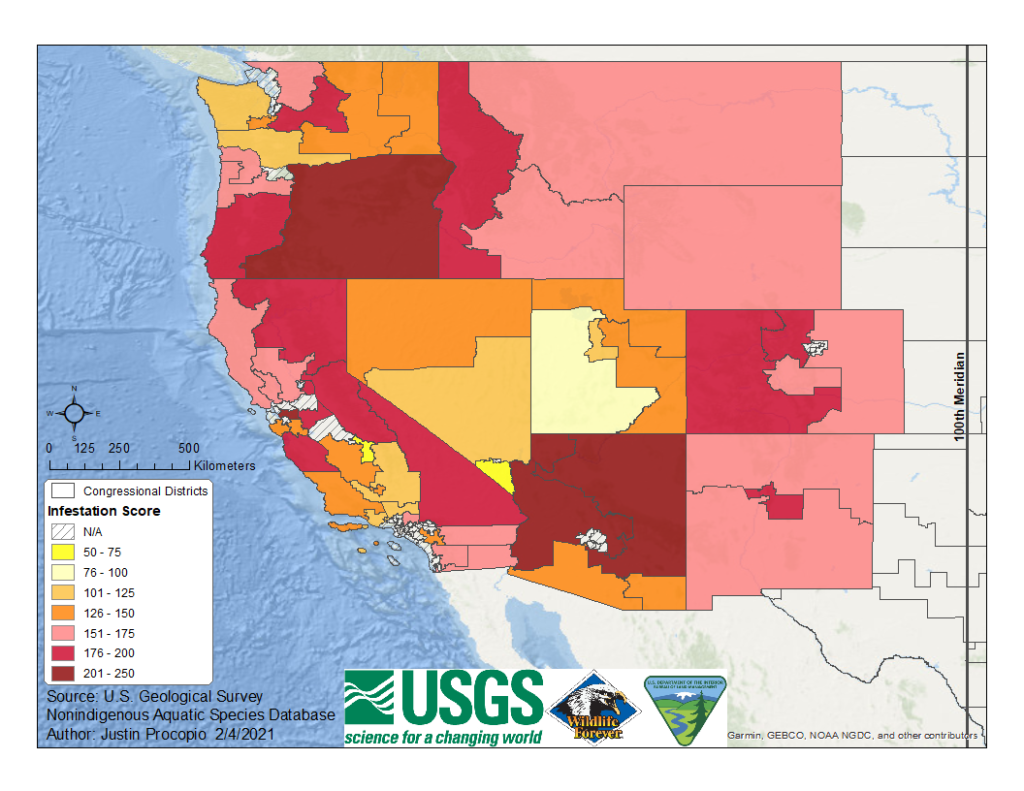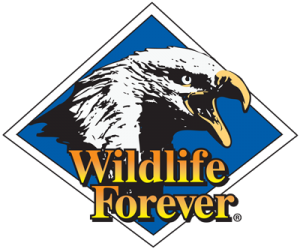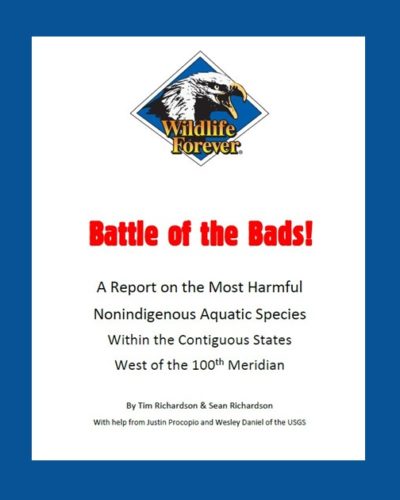Nonindigenous Aquatic Species in the West
Non-indigenous Aquatic Species (NAS) threaten our lakes, rivers, streams and oceans. Often introduced by unknowing recreational users, these harmful invasives can drastically alter aquatic ecosystems, foul equipment, and negatively impact native species. Invasive species are slowing spreading throughout the United States, Wildlife Forever and partners with the BLM and USGS decided to take a look at the current and potential future impact of NAS in the West.
Invasive Species Infestations by Congressional District
Congressional Districts west of the 100th meridian ranked by Infestation Score. The higher the score, represented by a dark red color, the more infested the area is by Nonindigenous Aquatic Species.

25 Most Harmful Nonindigenous Aquatic Species
The most harmful nonindigenous aquatic species within the contiguous states, West of the 100th meridian. This list was created with the assistance of biologists in the western United States.
Click the species name to see a map of the current distribution.
Whirling Disease is not currently tracked by the USGS and does not have a corresponding map.
Contact your Representatives
Make your voice heard! Contact your representative and tell them your thoughts about non-ingenious aquatic species. A sample message is included below that you can use to urge your local representatives to take action.
Sample
Dear (Representative name),
Invasive species are a threat to our natural heritage and the impacts on our economy and environment rival top conservation issues including climate change and habitat loss. Nearly 50% of endangered or threatened species are at risk due to invasive species. I urge you to do more to combat this threat by investing in prevention to protect our public lands and waters for future generations.
Methodology Overview
Wildlife Forever surveyed 12 professional biologists asking them to rank their top 20 most harmful Nonindigenous Aquatic Species (NAS) in the West from a list of 104 NAS provided by the U.S. Geological Survey (USGS). The Wildlife Forever “Battle of the Bads” report focuses on ten states West of the 100th Meridian that all have significant Bureau of Land Management (BLM) acreage. Survey responses from the biologists narrowed the 104 NAS down to 25 species. We then had the biologists do a second ranking from the distilled top 25 NAS. After tallying the points from the second round of surveys, a list of the 25 most harmful NAS was created for what Wildlife Forever calls the results from the “Battle of the Bads.”
Each Top 25 species was given a “Harm Score” (HS) based on their rank, with the 1st place given a score of 25, 2nd place a score of 24, and so on. To estimate the severity of a Congressional District’s NAS problem, Wildlife Forever calculated an “Infestation Score” for each District. The “Infestation Score” was calculated by summing up the “Harm Scores” of each species prevalent in that District, with the full HS of a species used if the species is prevalent to a ‘major’ extent and half the HS used if the species is prevalent to a ‘minor’ extent. The prevalence of each of the NAS species was determined using species prevalence maps from the Nonindigenous Aquatic Species Database by the USGS.

